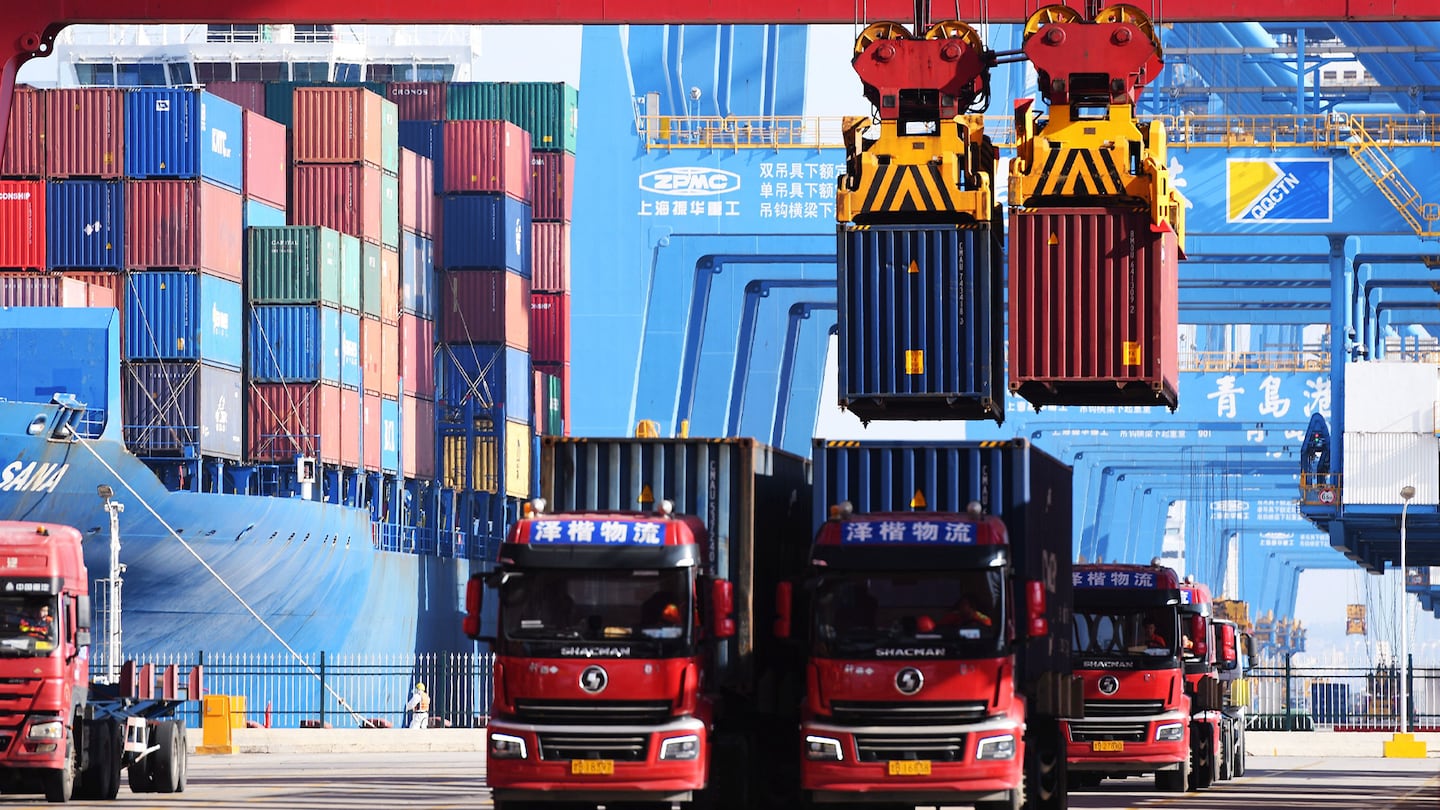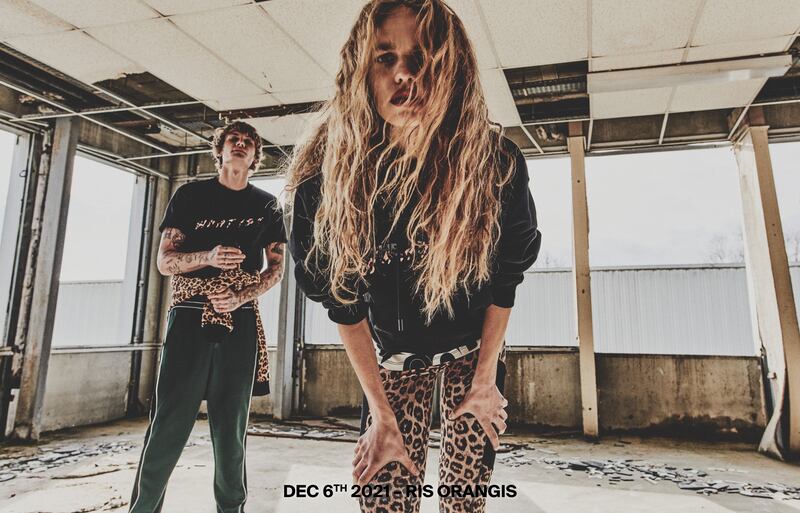
The Business of Fashion
Agenda-setting intelligence, analysis and advice for the global fashion community.

Agenda-setting intelligence, analysis and advice for the global fashion community.

 Opens in new window
Opens in new windowMixed Messages
We’re in the middle of a relatively quiet stretch in the fashion universe — fashion month and the Oscars are over, festival season and the Met Gala are still a short ways off. The industry could use a breather to take stock of the many variables clouding its outlook.
Supply chain: There are signs fashion’s supply chain bottlenecks may finally be easing. The cost of moving a container from Shanghai to Los Angeles has fallen about 20 percent from its peak to their lowest level since June, according to maritime research consultancy Drewry. Of course, the rate is still double this time last year, and between China’s lockdowns and the war in Ukraine, few in the logistics community are ready to declare victory just yet.
China: Authorities have yet to contain the country’s coronavirus outbreak, which means lockdowns in Shanghai and other major cities continue. Many factories, and crucially, ports, continue to operate normally, albeit with workers in “bubble” conditions meant to keep Covid out. But big manufacturers and transportation firms warned last week that disruption is possible, and late last week there were reports of lengthening wait times to move goods out of Shanghai, home to the world’s busiest container port.
ADVERTISEMENT
Russia: Fashion brands have exited Russia, but for most, their long-term strategy amounts to hanging “temporarily closed” signs on the doors of their Moscow stores. There are indications of a more permanent realignment taking shape, most notably in the jewellery industry. Last week, Pandora, and later Cartier and other Richemont brands, dropped out of the Responsible Jewellery Council over its ties to Russia. The addition of Alrosa, the world’s biggest diamond miner, to sanctions lists, is also forcing some hasty adjustments to supply chains at Tiffany and others. Russia also reportedly seized Audemars Piguet watches worth millions of dollars. Expect pressures on European and American brands to continue to ratchet up as the war continues.
Inflation: The US and China, the world’s two biggest economies, release March data on consumer prices early next week. In the meantime, keep an eye on the price of oil. Crude is off its recent highs as President Joe Biden prepares to release millions of barrels from the US Strategic Petroleum Reserve. But the longer US consumers are paying well over $4 a gallon for gasoline, the more likely they are to cut back on unnecessary expenses, including clothing.
Earnings: It’s a light week for earnings, but Zegna reports its first results as a public company (expect few surprises, the menswear label said in February its 2021 sales jumped 27 percent to just below pre-pandemic levels). Levi’s and Asos are also set to report.

Take Two
French premium brand The Kooples is set to relaunch under a new creative director and CEO for the second time since being acquired by Lacoste- and Gant-owner Maus Freres in 2019.
The brand is set to unveil a new visual identity as well as the first collections by designer Capucine Safyurtlu, who formerly held roles at the accessible luxury brand Maje and shoemaker Stella Luna, on Monday. The relaunch is the first major push by CEO Mary Schott, who previously helmed French lingerie giant Etam.
Reviving momentum at The Kooples, which was a staple of France’s early 2000s “baby rocker” moment has proved challenging. Another designer-CEO duo, Tom Van Dorpe and Romain Guinier, attempted to relaunch the brand in 2020.
The Bottom Line: The Kooples’ retail strategy will be a key element of any revival. Past iterations of the brand relied heavily on stores to drive sales, but its current owner is keen on expanding digital channels.
ADVERTISEMENT
Robert Williams contributed to this item.
The Week Ahead wants to hear from you! Send tips, suggestions, complaints and compliments to brian.baskin@businessoffashion.com.
Join BoF Professional to get access to the exclusive insight and analysis that keeps you ahead of the competition. Subscribe to BoF Professional here.
This week’s round-up of global markets fashion business news also features Korean shopping app Ably, Kenya’s second-hand clothing trade and the EU’s bid to curb forced labour in Chinese cotton.
From Viviano Sue to Soshi Otsuki, a new generation of Tokyo-based designers are preparing to make their international breakthrough.
This week’s round-up of global markets fashion business news also features Latin American mall giants, Nigerian craft entrepreneurs and the mixed picture of China’s luxury market.
Resourceful leaders are turning to creative contingency plans in the face of a national energy crisis, crumbling infrastructure, economic stagnation and social unrest.